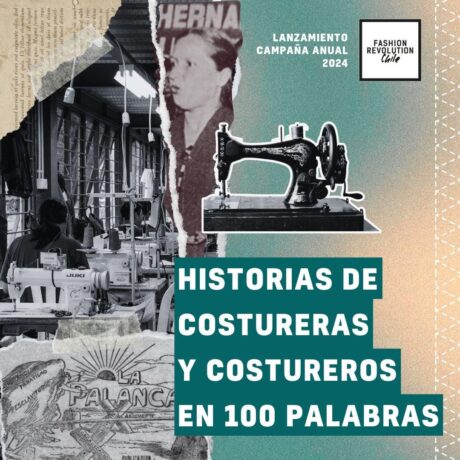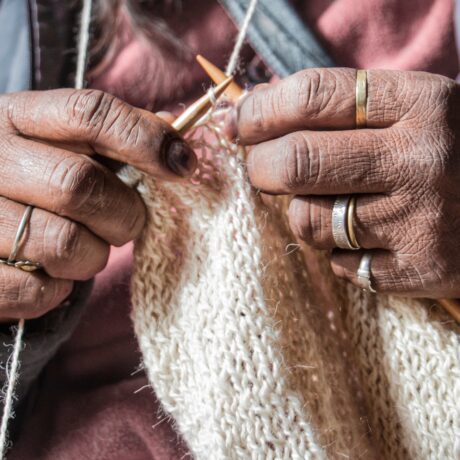The Human Face of the Wayuu “Mochila” Bags
It is 6:30am, 28˚ degrees and Teresa is serving coffee in her hut which is located in the vast Guajira desert in northern Colombia. Her five children have woken up. Senaida, the oldest at 18 years, is sitting with a loom in front of her. She is silent, staring intently at her weaving, concentrating on the patterns she is making. The colours and design are exceptionally striking, she is weaving a Si’ira: the most beautiful and intricate weaving technique produced by Wayuu women in Colombia. It is the first time Senaida is weaving a Si’ra, the technique she is using has been passed down to her from Maria Eloisa, her grandmother, who is the only one in the family who has the wisdom and rights to teach the technique.
The Wayuu people live in small settlements call “Rancherias” which consist of four to six huts huddled in the desert. They sleep in hammocks and cook in saucepans that are usually suspended from hooks under the roof. The women usually get up before dawn, light a wood fire and start the routine with a coffee or chicha (fermented corn beverage). Some look after the cattle and attend to agricultural work but the majority weave beautiful hammocks, Mochilas (crocheted bags) and colourful fringes that are attached to the hammocks, clothes and si’ira belts.
Wayuu indigenous people have their own language, the Wayuunaiki. The women are hardworking, very wise and disciplined with their skills and craftsmanship. It has been fascinating to learn that each woven design carries a meaning which extends far beyond its aesthetic appeal. Behind every Mochila bag is a cultural message, a story, a soul and an important subject related to their lives. “Each Mochila bag requires our physical and emotional energy, we spend up to twenty five days to weave a large bag and more than a month to weave a hammock. In each Kanas (patterns in Wayuu language) we portray our way of life and most of all our values and beliefs in the bags” says Teresa as she sips her coffee in the morning sun.
I work with Teresa for the rest of the day. We visit the families around the Keremé area, we walk for two hours in the wilderness desert and talk to the most skillful Wayuu weavers, take videos, photographs and do interviews about their life stories. We also discuss the combinations of the colours, patterns and sizes for the next collection that will be ready in two month’s time.
With Castellano, I have found a way to support the ethnic communities in Colombia and seek to preserve their weaving skills and cultural heritage. Our aim is to help improve the living conditions for the traditional weavers, their families and the community, with an emphasis on clean water, electricity and education. We collaborate with the Indigenous Women’s Association, and we work directly with Wayuu women whose handmade Mochilas and bracelets are second to none. This article is dedicated to raise awareness of the human side of Wayuu handicrafts and their origin.
The pictures and video were taken during my stay in La Guajira during 2014. If you wish to share the material or get involved in the project, please contact me via email Daniela@castellanoethnicorigins.com To get more information about our social enterprise and Castellano products please visit our website












